



Luzon isn’t just a place you visit—it’s a place that wraps around you like a warm,familiar hug. From the moment you step off the plane,the air buzzes with a lively mix of sounds:jeepneys honking,street vendors calling out their fresh mangoes and grilled skewers,and the distant rhythm of traditional folk songs blending with modern beats. The scent of salty ocean breeze mingles with the earthy aroma of rice terraces and blooming sampaguita flowers,creating a sensory tapestry that feels both vibrant and comforting. What makes Luzon truly special is its incredible diversity. You can wander through the bustling streets of Manila,where skyscrapers tower over centuries-old churches,or escape to the serene mountain villages of the Cordilleras,where terraced fields ripple like green waves under the sun. The people here carry a warmth that’s impossible to ignore—always ready with a smile,a story,or a plate of adobo that tastes like home. It’s a place where tradition and modern life dance together effortlessly. Every corner of Luzon tells a story,whether it’s the colorful festivals that light up the streets or the quiet moments watching the sun dip behind the Mayon Volcano. It’s a place that invites you to slow down,breathe deeply,and savor the richness of its culture,flavors,and landscapes. Trust me,once you’ve experienced Luzon,it stays with you long after you’ve left.
The information on this page is currently being reviewed by Tripkliq and should be used as a guide only
Eng word: Hello
Eng pronunciation: Kah-moo-stah
Local language: Kamusta
Eng word: Goodbye
Eng pronunciation: Pah-ah-lahm
Local language: Paalam
Eng word: Thank you
Eng pronunciation: Sah-lah-maht
Local language: Salamat
Eng word: How much
Eng pronunciation: Mahg-kah-noh
Local language: Magkano
Eng word: Toilet
Eng pronunciation: Bahn-yo
Local language: Banyo
Eng word: Help me
Eng pronunciation: Too-loo-ngahn moh ah-koh
Local language: Tulungan mo ako
Eng word: Yes
Eng pronunciation: Oh-oh
Local language: Oo
Eng word: No
Eng pronunciation: Hin-deh
Local language: Hindi
Eng word: Excuse me
Eng pronunciation: Pah-oo-mahn-hin
Local language: Paumanhin
Luzon is the largest and most populous island in the Philippines, serving as the political, economic, and cultural heart of the country. It is home to the nation's capital, Manila, and the bustling financial hub, Makati.
Located in Manila, Intramuros is a 16th-century walled city built during the Spanish colonial period. It features cobblestone streets, historic churches, and museums, making it a must-visit for history enthusiasts.
Often referred to as the 'Eighth Wonder of the World,' the Banaue Rice Terraces in Luzon were carved into the mountains by the Ifugao people over 2,000 years ago. These terraces showcase the ingenuity and agricultural heritage of the region.
In 1991, Mount Pinatubo in Luzon erupted in one of the largest volcanic eruptions of the 20th century. Today, the volcano's crater lake has become a popular trekking destination, offering stunning views and a testament to nature's resilience.
Located in Malolos, Bulacan, Barasoain Church is known as the 'Cradle of Democracy in the East.' It was the site of the First Philippine Congress in 1898 and the drafting of the Malolos Constitution.
The city of Vigan in Ilocos Sur is a well-preserved example of a Spanish colonial town in Asia. Its cobblestone streets, ancestral houses, and unique architecture make it a favorite destination for tourists.
Luzon played a significant role during World War II, particularly in the Battle of Bataan. The Bataan Death March is a historical event commemorated in the province, with memorials honoring the bravery of Filipino and American soldiers.
Pagsanjan Falls, located in Laguna, is one of Luzon's most famous natural attractions. Visitors can enjoy a thrilling boat ride through the rapids to reach the majestic waterfall.
Luzon's Cordillera region is home to indigenous tribes with rich cultural traditions. The region is known for its vibrant festivals, traditional weaving, and unique wooden carvings.
In Luzon, the most common Power Adaptor is Type A, Type B, Type C.






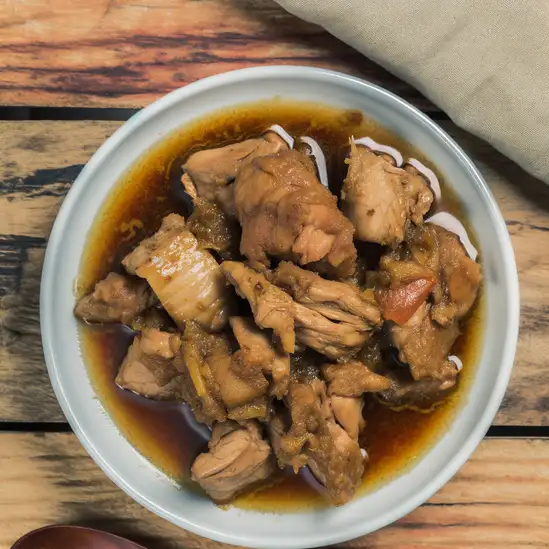
A savory dish made from meat, usually chicken or pork, marinated in vinegar, soy sauce, garlic, and spices, then braised until tender.

A sour soup typically made with tamarind, tomatoes, and various vegetables, often cooked with pork, shrimp, or fish.

A whole roasted pig, known for its crispy skin and tender meat, often served during special occasions and celebrations.
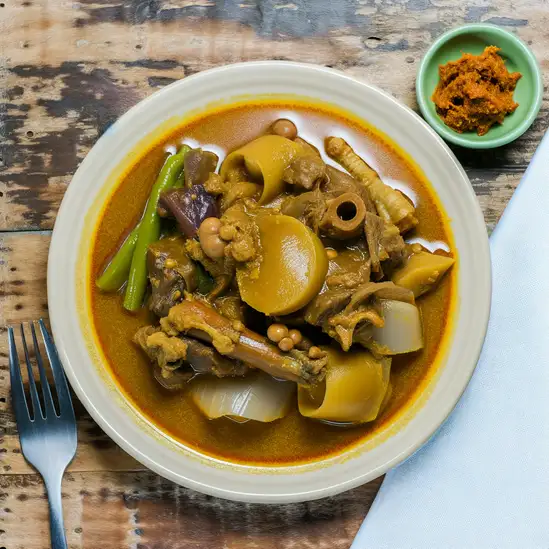
A rich and hearty stew made with oxtail, tripe, and vegetables, cooked in a thick peanut sauce, usually served with bagoong (fermented shrimp paste).

A popular dessert made with crushed ice, sweetened fruits, jellies, and beans, topped with leche flan and ube ice cream.
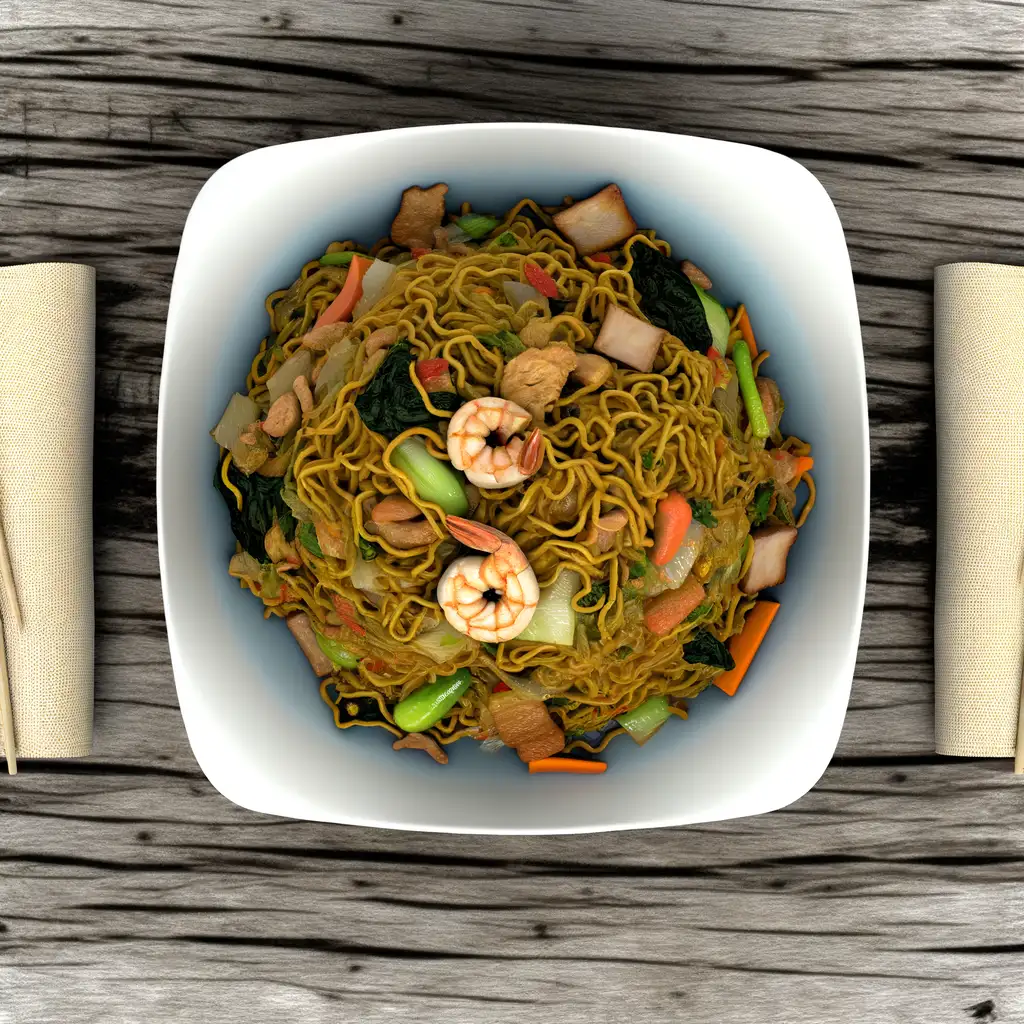
A stir-fried noodle dish that comes in various forms, often mixed with vegetables, meat, and seafood, symbolizing long life.
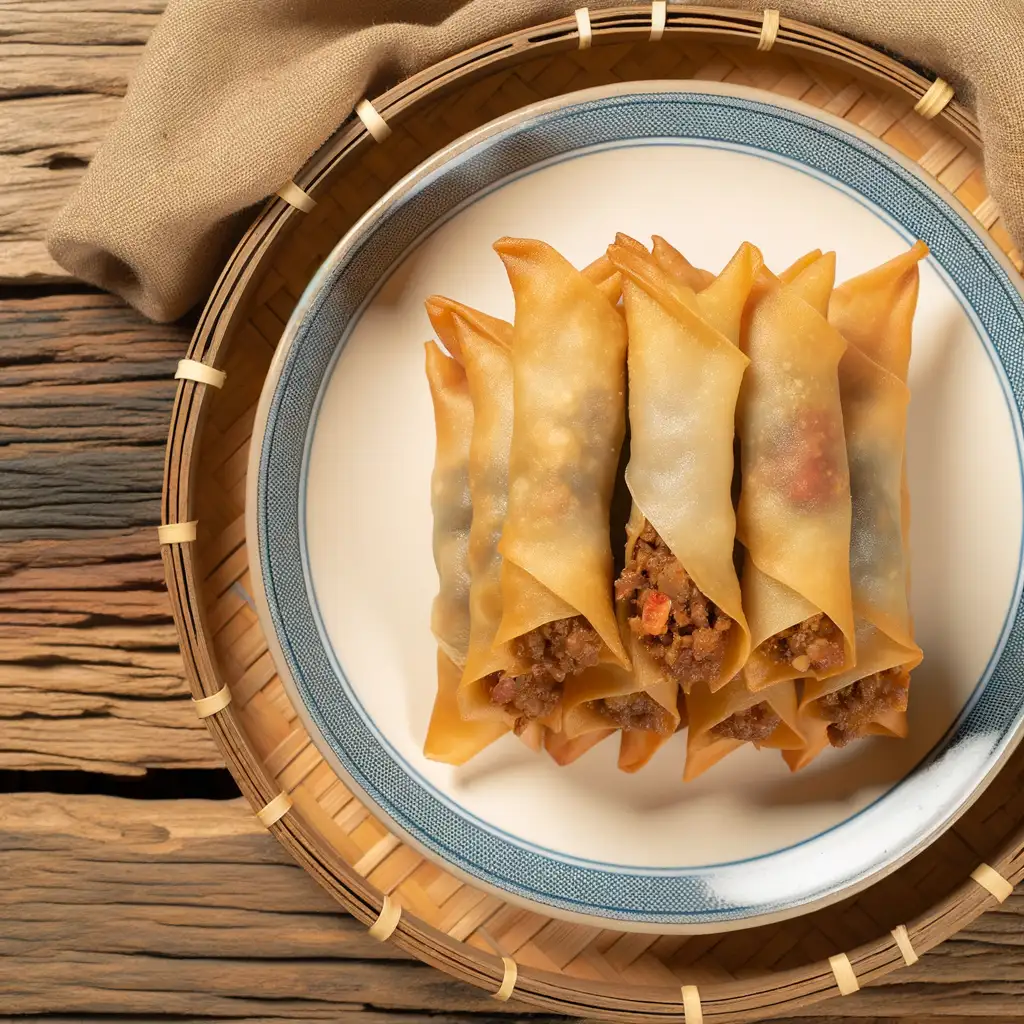
Crispy spring rolls filled with ground pork, vegetables, and spices, often served as an appetizer or snack.
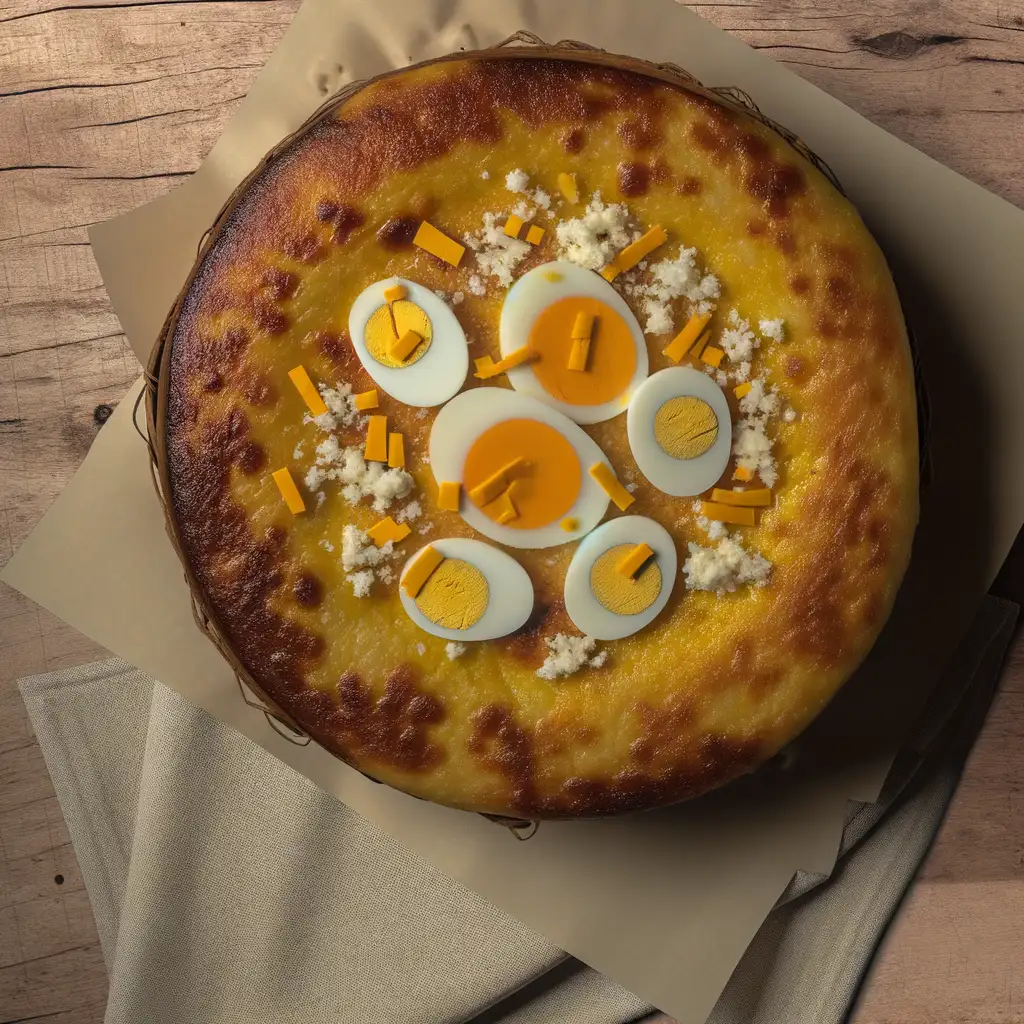
A traditional rice cake made with rice flour, coconut milk, and sugar, often topped with salted egg and cheese, typically enjoyed during the Christmas season.
Imagine stepping into a place where history hums through the streets and the ocean breeze carries the scent of salty adventure—that’s Cebu City for you. The moment you arrive,there’s this lively energy that wraps around you,a mix of old-world charm and modern buzz. You’ll find yourself wandering through colorful markets where the chatter of vendors blends with the aroma of freshly grilled street food—think sweet,smoky lechon sizzling over coals,tempting you at every corner.
Cebu’s character is a beautiful blend of the past and present. Ancient Spanish forts and centuries-old churches stand proudly alongside sleek cafes and vibrant street art. The city pulses with warmth,not just from the tropical sun but from the people who greet you with genuine smiles and stories. At night,the streets light up with music and laughter,and you can almost taste the festive spirit in the air.
What really makes Cebu unforgettable is how it feels alive in every sense. You can hear the waves crashing nearby,see the colorful jeepneys weaving through traffic,smell the tropical fruits at the market,and feel the warmth of the sun on your skin as you explore. It’s a place where culture,history,and everyday life blend seamlessly,inviting you to dive in and experience its vibrant soul firsthand.
If you ever find yourself craving a place where nature’s calm meets a laid-back island spirit,Puerto Princesa is where you want to be. The moment you step off the plane,there’s this warm,salty breeze that wraps around you,carrying the faint scent of the sea and tropical blooms. It’s a city that doesn’t rush — people move with a gentle rhythm,and the streets hum softly with the chatter of locals and the occasional strum of a guitar from a nearby café. It feels like a breath of fresh air,both literally and figuratively.
What really makes Puerto Princesa stand out is its deep connection to nature. The famous Underground River is just the beginning — lush mangroves,crystal-clear waters,and vibrant coral reefs surround the city,inviting you to explore. You can hear the calls of exotic birds in the morning and watch fishermen bring in their catch as the sun dips low,painting the sky in shades of pink and orange. The food scene here is a delightful surprise too — fresh seafood grilled right on the beach,sweet tropical fruits bursting with flavor,and local dishes that tell stories of the sea and the land.
But beyond the sights and tastes,it’s the people who make Puerto Princesa unforgettable. Their warmth and genuine smiles make you feel like you’re not just visiting,but truly welcomed. Whether you’re wandering through the bustling market or sharing a laugh with a vendor,there’s a sense of community that lingers long after you leave. It’s a place that invites you to slow down,soak in the simple joys,and leave with a heart full of stories.
If you ever find yourself wandering through the heart of Bohol,Tagbilaran City greets you with a warm,unhurried rhythm that feels like a gentle hug after a long journey. The city hums with life—not the overwhelming buzz of a metropolis,but a lively,welcoming energy where jeepneys rattle by and street vendors call out their fresh fruit and local snacks. As you stroll along the waterfront,the salty breeze carries the faint scent of grilled seafood mingling with tropical flowers,inviting you to slow down and savor the moment.
Tagbilaran’s charm lies in its blend of old and new. You’ll catch glimpses of Spanish-era churches standing proudly beside colorful markets where locals barter over ripe mangoes and sticky rice treats. The city’s pulse is deeply tied to its people—friendly,easygoing,and proud of their heritage. At night,the streets light up with laughter and music spilling from small eateries where you can taste the rich flavors of Boholano cuisine,like the sweet,tender kalamay or freshly caught fish cooked with coconut milk.
What really stays with you is the city’s sense of community and its connection to the sea. Whether you’re watching fishermen haul in their catch at dawn or joining a lively fiesta,Tagbilaran feels like a place where stories are shared over steaming cups of coffee and where every corner invites you to discover a new layer of its soul. It’s not just a stopover—it’s a place that quietly pulls you in and makes you want to stay a little longer.
If you ever find yourself craving a place where history hums softly alongside the buzz of everyday life,Iloilo City is where you want to be. The moment you step into its streets,there’s this warm,inviting energy—like the city is gently nudging you to slow down and savor its stories. You’ll notice the colonial-era buildings standing proudly beside modern cafes,their facades telling tales of centuries past. The air carries a subtle mix of salty sea breeze and the sweet aroma of freshly baked pan de sal,making every morning feel like a comforting embrace.
Walking through Iloilo,you’ll hear the lively chatter of locals,the clinking of glasses in cozy eateries,and the distant strum of guitars from street performers. The city’s character shines brightest in its festivals,especially the Dinagyang,where vibrant costumes and rhythmic drums fill the streets with infectious joy. But even on quieter days,the genuine smiles of Ilonggos and their easygoing hospitality make you feel like you’ve found a second home.
And then there’s the food—oh,the food! From the rich,savory batchoy served steaming hot in humble noodle shops to the sweet,creamy taste of fresh mangoes,every bite is a celebration of local flavors. Iloilo isn’t just a place to visit; it’s a place to experience,where every corner invites you to pause,breathe,and fall a little in love with its soul.
If you ever find yourself craving a place where vibrant city life meets the gentle embrace of nature,Davao City is where you want to be. The moment you step off the plane,there’s this warm,welcoming energy that wraps around you—like the city itself is inviting you to slow down and savor every moment. The air carries a subtle mix of tropical blooms and the faint,salty hint of the nearby sea,while the streets buzz with a friendly hum of jeepneys and chatter in a melody of languages.
Walking through Davao,you’ll notice how the city wears its culture proudly. From the colorful street markets where vendors call out their fresh fruits and local delicacies,to the intricate weaves and crafts that tell stories of indigenous tribes,there’s a deep respect for heritage here. And the food? Oh,the food! Imagine biting into a juicy durian (if you’re brave enough),or savoring grilled tuna so fresh it practically melts in your mouth,all while sipping on a sweet,refreshing calamansi juice.
What really sets Davao apart is its balance—towering mountains and lush parks sit just a short drive from bustling urban spots. You can spend your morning hiking up Mount Apo,the Philippines’ highest peak,then wind down with a stroll along the riverwalk as the sun dips low,painting the sky in shades of orange and pink. It’s a city that feels alive but never rushed,where every corner invites you to explore,taste,and connect.
Dubbed the 'City of Flowers,' Zamboanga City is a gateway to the beautiful pink sand beaches of Sta. Cruz Island and offers a unique blend of Spanish and Filipino culture.
ExploreScammers install skimming devices on ATMs to steal card information and PINs from unsuspecting users.
Money changers may use sleight of hand or manipulate exchange rates to shortchange tourists.
Rental shops (e.g., for motorbikes or jet skis) falsely claim tourists damaged the equipment and demand excessive repair fees.
Scammers pose as charity workers or volunteers, asking for donations for fake causes or organizations.
Scammers pose as police officers and accuse tourists of minor infractions, demanding bribes to avoid 'legal trouble.'
Vendors sell counterfeit or low-quality items as authentic local crafts at inflated prices.
Scammers pose as tour guides and offer overpriced or fake tours, often providing little to no value.
Some jeepney drivers overcharge tourists who are unfamiliar with the standard fare system.
Boat operators charge excessive fees for island-hopping tours or add hidden charges for fuel, entrance fees, or equipment.
Some restaurants or food stalls in tourist areas charge exorbitant prices, especially if the menu lacks clear pricing.
Thieves target crowded areas like markets, public transport, and tourist attractions to steal wallets, phones, or other valuables.
In bars or clubs, drinks may be spiked to incapacitate tourists, leading to theft or other crimes.
Children or adults may approach tourists with emotional stories to solicit money, often as part of organized begging syndicates.
Street games or gambling setups trick tourists into participating, only to lose money to rigged outcomes.
Some taxi drivers refuse to use the meter and charge tourists inflated flat rates, especially from airports or tourist-heavy areas.
The Philippines has some of the strictest drug laws in the world. The possession, use, sale, or trafficking of illegal drugs is heavily penalized under the Comprehensive Dangerous Drugs Act of 2002 (Republic Act No. 9165). Penalties include long prison sentences, heavy fines, and even the death penalty for severe offenses. Tourists should avoid any involvement with illegal drugs, as enforcement is strict, and there is zero tolerance for violations.
In Luzon, Philippines, smoking is strictly regulated under the nationwide Executive Order No. 26, which enforces a smoking ban in public places. Smoking is prohibited in enclosed public spaces, workplaces, public transportation, and certain outdoor areas such as schools, hospitals, and recreational facilities. Designated smoking areas (DSAs) may be available in some locations, but they must comply with strict guidelines. Violators may face fines or other penalties. Tourists should be cautious and look for signage indicating smoking restrictions.
Vaping is also regulated in the Philippines under Republic Act No. 11900, also known as the 'Vaporized Nicotine and Non-Nicotine Products Regulation Act.' Similar to smoking, vaping is prohibited in public places where smoking is banned. The sale of vaping products is restricted to individuals aged 18 and above, and there are regulations on packaging, advertising, and product standards. Tourists should avoid vaping in non-designated areas to avoid penalties.
What are other people saying about Luzon?
Recent Social posts about Luzon
There is nothing to show you for now.